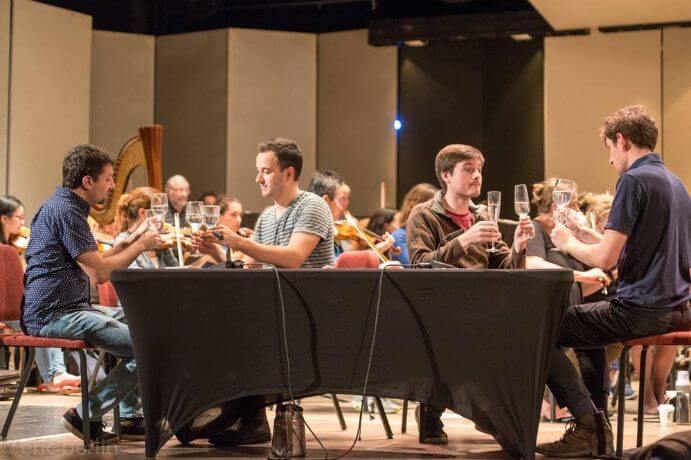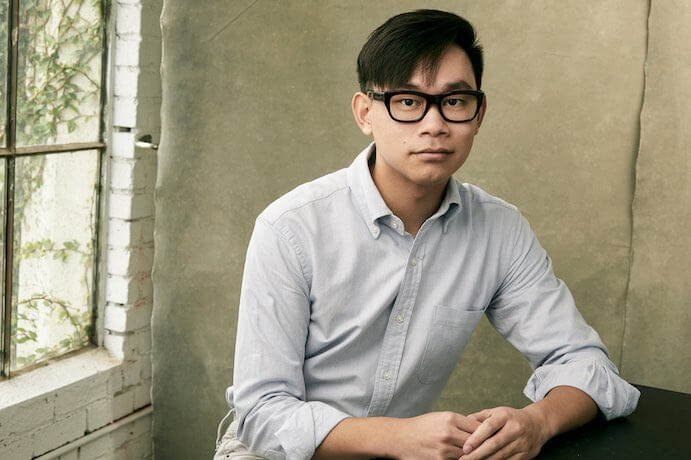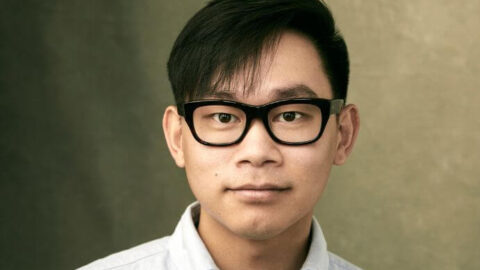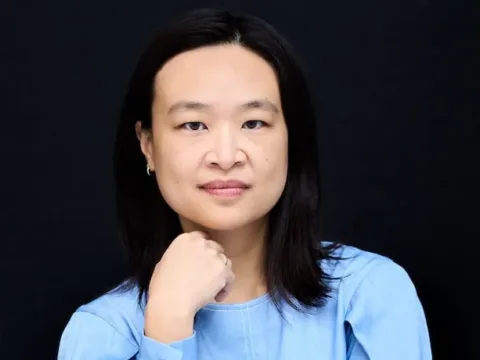On September 22-24, the Pacific Symphony and the endlessly musical and adventurous Sandbox Percussion will perform Viet Cuong’s Re(new)al concerto. The three continuous movements of Re(new)al explore the power of hydro, wind, and solar energies through the brilliant use of found objects and orchestral instrumentation. The hydro movement uses tuned crystal glasses to create an otherworldly sound environment, while the second movement is transformed into marching band-style drum line licks and bold brass bursts. The third movement reflects on the sun’s energy and power through metallic percussion instruments. Cuong also takes special care in choosing players’ orientations to one another, as well as specific choreographic instructions as the piece develops. Following the Pacific Symphony performance, Sandbox Percussion will bring Re(new)al to Carnegie Hall with American Composers Orchestra on October 20.
First of all, congratulations on a wonderful piece! How did you conceive of the idea for this concerto, and what inspired you to embark on this project?
Thanks so much! Sandbox and I had been wanting to collaborate on some sort of concerto years before this project came about, but, as one can imagine, a concerto coming to fruition often involves a bit of serendipity. That moment came one day when the Albany Symphony contacted me and asked if I would be interested in writing a piece for them. Always imaginative with their programming, they had two ideas for it: 1) It could be inspired by renewable energy, and 2) it could be some sort of collaboration between their Dogs of Desire ensemble and an outside group. Since Sandbox and I believe in renewable energy initiatives, it seemed like the perfect opportunity to create the concerto we had been dreaming of.
There are some marked style changes within the piece. Could you talk a little about your musical influences? Did I hear 90s marching band or drumline influences, perhaps, in the second movement?
This piece certainly has its fair share of musical influences, and I wanted the movements to feel quite distinct from one another. The first movement, “Hydro,” has both the harmonic simplicity and textural intricacy reminiscent of a lot of my favorite pop music. The second movement, “Wind,” was indeed inspired by 90s music, especially drum and bass. The third movement, “Solar,” depicts a sunrise by elongating slowly-ascending baroque chord progressions.
Although the movements are musically distinct, one thing that unifies them is Sandbox’s style of performing. Even though they are four individuals, they perform as a single entity. It’s astonishing how unified they are as a group. I wrote the piece with this in mind, and it often felt like I was writing a solo concerto, not necessarily a quartet concerto.

The found object instruments are particularly interesting, including tuned crystal glasses and refillable air cans. How did you arrive at these choices, and what do you think they bring to the piece?
I chose to use these found objects for a few reasons. For one, I find it quite fun to figure out how to write for these unusual percussion instruments, and I think it’s equally fun for people to see them played. Additionally, they tie into the piece thematically, especially the crystal glasses. There’s of course the representation of hydro power with water percussion, but we also toast glasses when we’re celebrating something with others. Since the piece is celebrating renewable energy, it felt like the right way to invite listeners into the piece. The air cans (refillable, by the way!) were also fun to incorporate, as the little spurts of air replicate the sound of a hi-hat. It seemed fitting to use them in a movement inspired by both wind power and drum set music.
There are movement instructions throughout the concerto, such as walking around a communal drum. What do these choreographic moments mean for you, and what extramusical significance do they have?
Watching percussionists (especially Sandbox) perform can be exhilarating, so it felt apt to integrate some sort of visual into the piece. I remember thinking of the choreography for the “Wind” movement late one night, pretty close to when the piece was due. I was worried I hadn’t yet driven home the wind turbine premise of the movement. Then, all of the sudden, I thought to myself, “Why don’t I turn each of them into a blade of a wind turbine?”

There are so many unique and special moments in Re(new)al that blend the contemporary approaches with diverse musical styles. Is this indicative of other pieces you have written or a departure?
Thank you! I would say this is indicative of a lot of my music. I enjoy blending musical styles I love with my own sense of exploration or whimsy. Perhaps it’s my way of honoring the music that I love and grew up listening to. For instance, I have a concerto for two oboes that references Baroque music in the way that Re(new)al explores pop. This approach makes for a thoroughly enjoyable compositional process, and — though I didn’t realize it at the time — can introduce listeners to contemporary approaches in ways that feel inviting or oddly satisfying. And, in my opinion, the more inviting, the better.
I CARE IF YOU LISTEN is an editorially-independent program of the American Composers Forum, funded with generous donor and institutional support. Opinions expressed are solely those of the author and may not represent the views of ICIYL or ACF.
A gift to ACF helps support the work of ICIYL. For more on ACF, visit the “At ACF” section or composersforum.org.
























